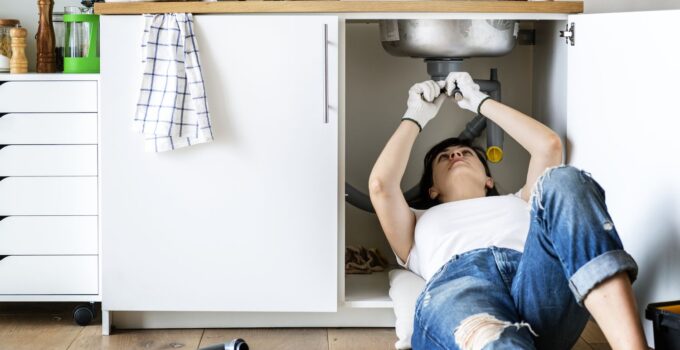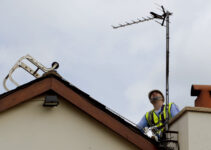Fixing your home appliances yourself can save you money and time. In this article, you’ll find tips on how to repair common household items. We’ll cover everything from diagnosis to actually fixing the problem. Keep in mind that if an appliance is under warranty or the repair seems too complicated, it may be best to consult a professional.
Gather the Right Tools
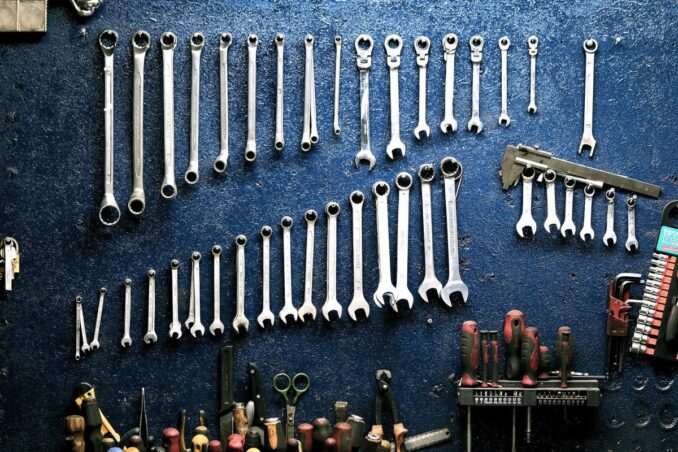
Source: nanaacademy.org
Before you start, make sure you have the right tools and that you’ve read the manual. The basics include a screwdriver set, pliers, a wrench, and a multimeter for testing electrical components. If you’re missing something, buy it before you start the repair. The right tools will make the job quicker and easier.
Safety First
Safety should be your number one concern. Always unplug the appliance before you start working on it. If you’re working on something like a gas stove, shut off the gas supply. Use gloves and eye protection if you’re handling sharp or electrical components. Don’t take shortcuts; your safety is worth the extra time.
Diagnose the Problem
The first step in any repair is finding out what’s wrong. For example, if your refrigerator isn’t cooling, there could be a range of issues from a faulty motor to a damaged seal. Read the appliance’s manual for troubleshooting tips. If you can’t find the manual, you can often find it online. Identify the problem before taking anything apart.
Washers and Dryers
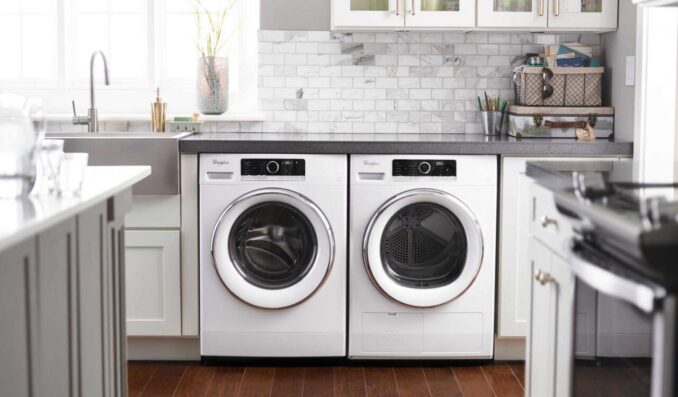
Source: whirlpool.ca
Washers and dryers are common appliances that often need repair. If your washer isn’t spinning, it might be due to a worn-out drive belt. Open the back of the washer, find the belt and check its condition. If it’s frayed or broken, you’ll need to replace it.
Dryers often have problems with heating. If your dryer isn’t heating, check the thermal fuse. Locate the fuse, usually found near the exhaust duct. Use a multimeter to check for continuity. If the thermal fuse is faulty, replace it.
Kitchen Appliances
Kitchen appliances like refrigerators, stoves, and ovens are essential in any home. For a refrigerator that’s not cooling, check the thermostat settings first. If the settings are fine, it may be an issue with the compressor. A faulty compressor is a more complicated fix and may require professional help.
For a stove that isn’t lighting, the issue may lie with the ignition system. Most modern stoves use electronic ignition. If the stove isn’t lighting, check if the igniter is producing a spark. If not, you may need to replace it. Remember to turn off the gas supply before starting any repair on a gas stove.
Vacuum Cleaners
A common problem with vacuum cleaners is loss of suction. Usually, this is due to a clogged filter or a filled bag. Remove the filter or bag and check for debris. Clean the filter or replace the bag if necessary. If the suction is still poor, check the hoses for blockages. Clear any obstructions to restore suction.
Conclusion
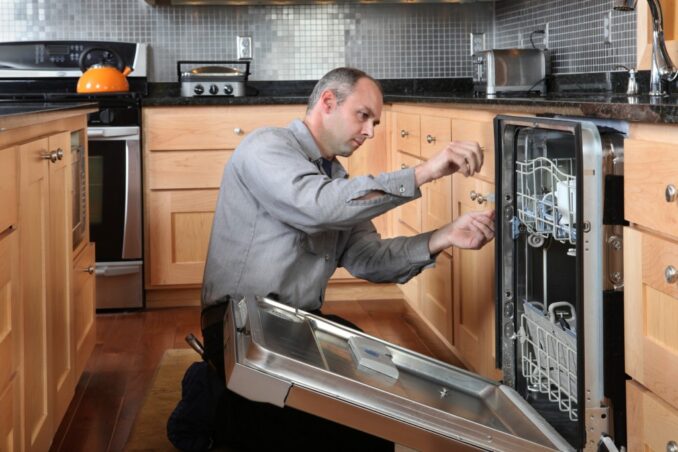
Source: moneysense.ca
Fixing home appliances yourself can be satisfying and cost-effective. With the right tools, safety measures, and some basic knowledge, many common problems are fixable. However, always remember to assess the complexity of the repair. For difficult or dangerous fixes, or if your appliance is under warranty, consult a professional.


